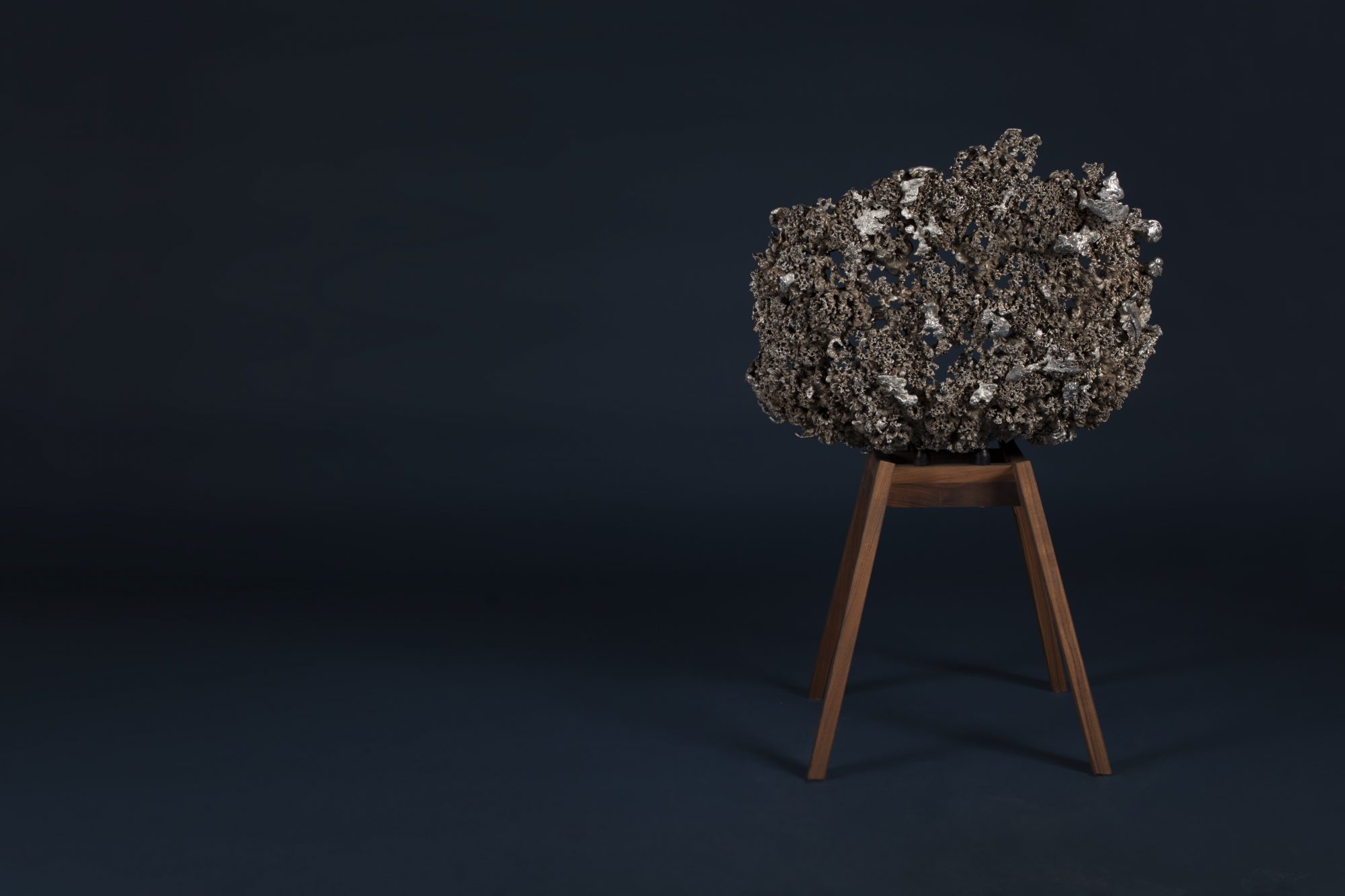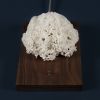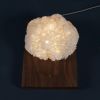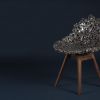Let’s explore intricate patterns together and uncover new insights into the chaotic yet orderly nature of our world.
If I’m right, the way we look at the world will change forever. We will be better able to make accurate predictions of complex systems and understand our place in the universe. I have been working with different scientists, but this is the first time I dare to share a substantial part of my research.
My name is Paul Hohner, and I am an artist who specializes in mold-making, where I started seeing the negative space as a mold for the positive space. I don’t just see a tree but also observe the space around it. Molds, which are the negative space of my artworks, profoundly influence the final appearance of my sculptures. These observations have inspired a deeper connection to how I perceive and interact with the world around us.
My artistic philosophy is deeply rooted in the concept of positive and negative spaces. This duality is evident in the natural world and is analogous to evolutionary processes where organisms (positives) are shaped by environmental factors (negatives). These factors act as natural molds, sculpting the physical form of the organisms within them and can lead to convergent evolution (for example, the independent evolution of crabs from diverse evolutionary branches, or the striking resemblance in body shapes between sharks (fish) and dolphins (mammals)).
During the making of my art and doing experiments, I see a lot of branching patterns occurring in my atelier. First by accident, but I started studying them and then trying to recreate artistically what happened naturally. By recreating them, Now i understand better how they form and what influences them. Next to this, I started collecting images of the same or similar shapes around the world, and I compiled an extensive collection of natural forms ranging from branching patterns in minerals to the branching structures of rivers, mountain formations, cracks, and the behavior of electricity, to spirals and cell structures. This collection has served as a basis for exploring the interconnectedness of various natural phenomena and how they contribute to the fabric of our reality.
A central theme in my work is the exploration of bifurcation, common in chaotic systems, resembling the branching patterns observed universally in nature, which I found in my studio. By studying these patterns and their interactions, I seek to unravel the deeper principles of chaos and order in nature. This exploration raises fundamental questions about how we perceive and understand the impact of environmental fractals on our interpretation of positive versus negative spaces.
This approach has not only given me a deeper understanding of the physical world but also of the invisible forces that shape form and matter. In my work, I try to make the dialogue between these forces visible, thus revealing the complexity and beauty of our world.
In my ongoing quest, I am eager to collaborate with researchers and enthusiasts who are keen to delve into these concepts. And maybe change how we see the world. My studio is located in Utrecht, so if you are interested, feel welcome to call me at any time, and I warmly invite all interested parties to visit and engage in further discussions or physical experiments.
——————————————————————————————
Did you know that a hidden world exists within broccoli that is as fascinating as the vegetable itself?
Paul Hohner has been exploring the possible applications of using the empty space within broccoli, cauliflower and other members of their family (called Brassicaceae).
He discovered a fascinating world inside the broccoli which managed to stay hidden until now. Its structure is shaped like a fractal, creating the possibility to adjust it to infinitely large or small sizes, while keeping the detail.
For this current series of objects, he created three distinct steps in size and detail: smaller than natural, natural, and larger than natural size. Future steps could be even smaller and even larger. And like the broccoli, every object will be different, never the same.
Ring
These rings teach us about the structure of the cauliflower which enables us to study it in great detail. Vacuum casting was used to preserve every detail. The rings are limited editions, made out of sterling silver.
Lamp
This lamp puts the cauliflower in the spotlight, to reveal its innate and natural beauty. Made in porcelain, so its light can show us the full shape and scale of its hidden world.
Chair
This chair shows that the broccoli can be used to create strong constructions and might well be a stepping stone to a future bridge.





